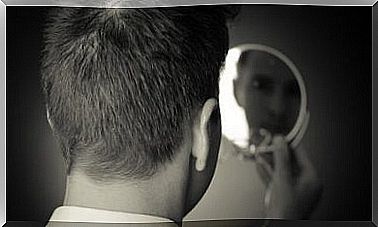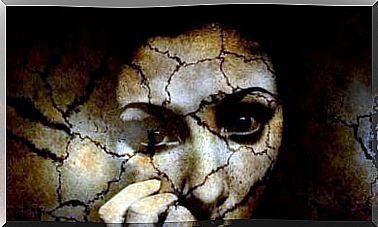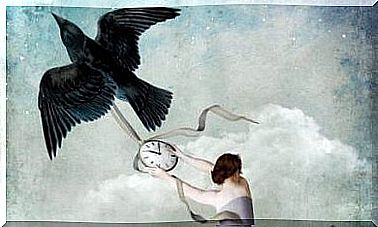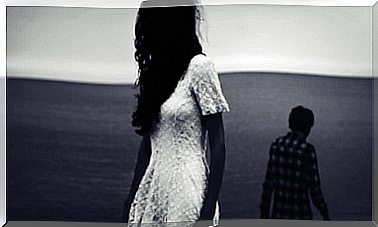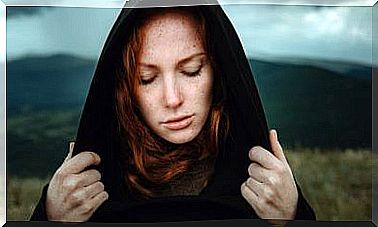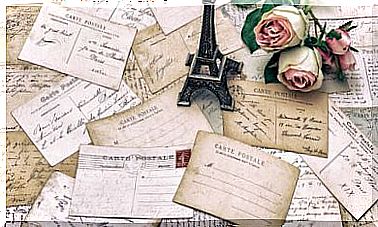The Dancer: More Than Politics, Art
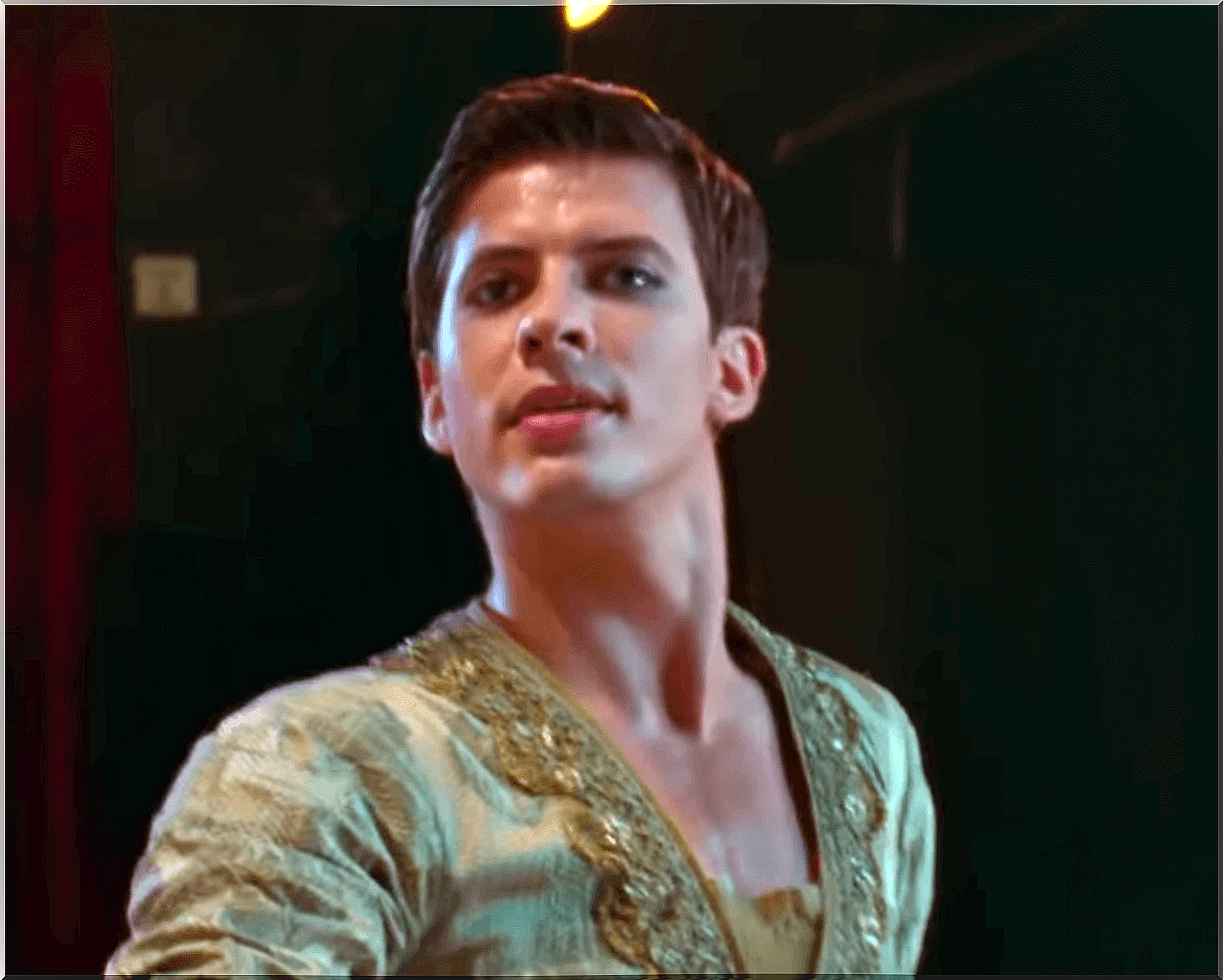
Ralph Fiennes is already an established actor with many renowned titles behind him; His family is well known in the cinematographic field, he is the brother of the director Martha Fiennes and the actor Joseph Fiennes. In 2011, Ralph Fiennes decided to make the leap to directing with Coriolanus and, now, he surprises us with The Dancer (2018), a British film that recently premiered in our cinemas.
The film tells the story of the Russian dancer Rudolf Nureyev in an intimate portrait that aims to reconstruct Nureyev’s figure from his memories, from his difficult childhood, until he reached the decision that would change his life forever: to apply for political asylum in France.
Fiennes has assured that his interest in the figure of Nureyev arose as a result of reading the book Rudolf Nureyev: The Life by Julie Kavanagh; At the time, I didn’t have the making of the biopic in mind, but over time the idea took shape.
Kavanagh’s work reflects very well the two facets of the dancer: on the one hand, his undeniable talent for dance; and, on the other, his difficult character.
Fiennes investigated the world of ballet in depth and chose a dancer with no acting experience to play Nureyev, the Ukrainian dancer Oleg Ivenko. His intention was not for an actor to take dance classes and, in the more complex scenes, to have a double, but to capture the essence of Nureyev and that the interpreter could emulate his movements.
Undoubtedly, this decision makes the film an aesthetic delight that dance lovers will fall in love with, but will also captivate audiences less familiar with ballet. Despite the film’s undeniable political overtones, El Bailarín is actually a story about art, about dance itself, but also about how our past and our decisions are shaping our character and our destiny.
A difficult past
The structure of the film is not linear, but rather we are discovering some episodes from Nureyev’s past in the form of flashbacks . We know that he was born on a train and grew up in a rural area near Ufa. His childhood was not easy and he was marked by poverty and misery. Although he showed great aptitude for dance, his training as a dancer was quite late due to the shortcomings of his childhood. In 1955, he was sent to Leningrad where he studied at a ballet school. There, he will come into contact with Aleksandr Pushkin (played by Fiennes), who will become his teacher.
Nureyev’s past seems to have taken its toll on him and, little by little, we discover an arrogant, self-centered person who is in a constant state of alert, as if he believes that the whole world is conspiring behind his back.
Fiennes has explained in several interviews that his intention was to show the viewer why Nureyev made certain decisions and how his past helped shape a person who, in short distances, was quite unpleasant. He danced like the gods, but he was intractable, that’s what Julie Kavanagh captured in her work and she is also very present in El Bailarín .
Being born on a train, living in absolute poverty and not having access to a good education were some of the events that most marked Rudolf Nureyev. Without a doubt, he was a very unique, undisciplined and irreverent character and with an unmatched talent for dance.
Thus, the original title of the film, The White Crow , refers to the nickname with which Nureyev was known and that, in the Soviet Union, was used to designate different people, who escaped from the conventional .
Fiennes did not want to capture all the events of the dancer’s life, but rather to approach a more intimate story, focused on a key moment in his life, the trip to Paris and his past memories. In this way, he manages to connect the viewer with the protagonist, helps him understand the keys to his complex personality. We see in him certain complexes, a certain desire for leadership and wanting to learn and progress ; therefore, Paris will be a revelation for Nureyev.
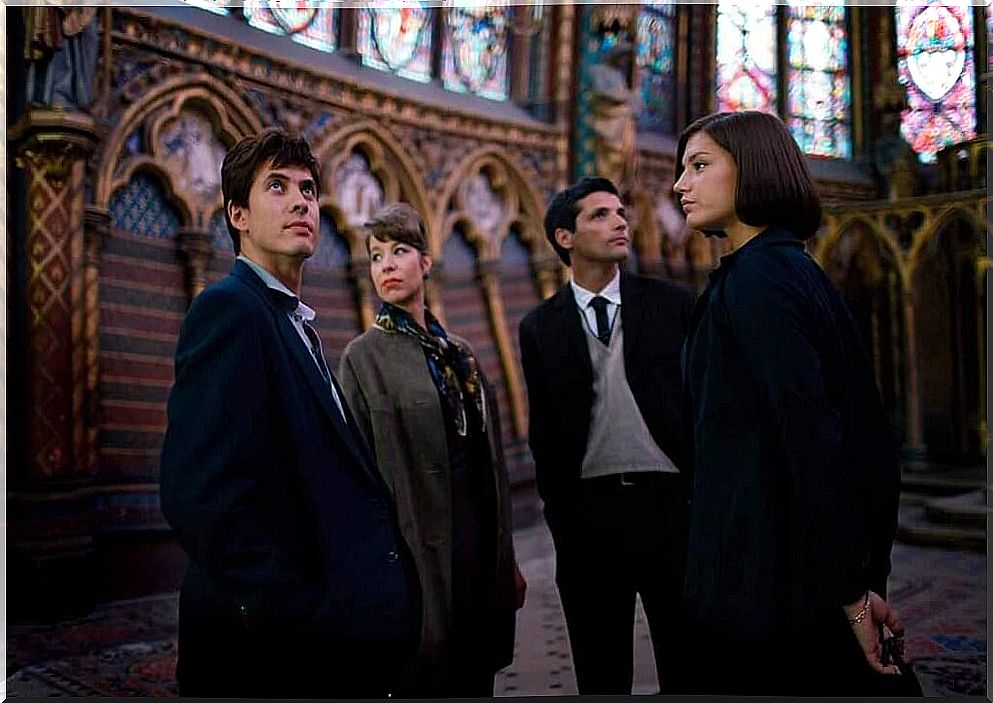
The dancer : an intimate vision
The dancer is a learning story in every way, from the artistic to the most personal. Nureyev had a certain ambiguity, a certain androgynous aesthetic, and his movements were quite feminine. His physical appearance was attractive to both men and women, thus, we discovered some of the romantic relationships that the dancer maintained.
At a time when male dancers barely stood out compared to women, Nureyev managed to stand out and give his dance a certain femininity. The dance scenes are really beautiful, the bodies seem to speak and even in rehearsals realism takes over the screen; the camera follows the drops of sweat, the breath, the sound of the bodies when dancing … And the result is amazing, it makes us participate in everything that dance itself implies.
The philosopher Ortega y Gasset, in the prologue to his work The Dehumanization of Art , said that, in the world, we find three elements: things, others and the self. Considering these three things, the self is the only thing to which we cannot adopt a utilitarian attitude, we cannot turn it into a thing or use it.
Why can’t we reify the self? The self is something that is constantly being verified and, for example, when we say “I walk” we are collecting a large number of processes that are happening simultaneously: heat, fatigue, etc. When we say “I walk”, it is as if we stopped time, but we could not make an image of all that this implies, because it is an intimate process.
For this philosopher, the work of art is to try to transmit things by running, that is, to get closer to that intimate perception. In El Bailarín , in some way, this premise is fulfilled; We no longer have a body dancing, but we hear it breathe, we see it sweat, we listen to its movements and the camera details the action in detail. Similarly, there is an absolutely revealing scene in which Nureyev visits the painting The Raft of the Medusa by Théodore Géricault.
Nureyev longed to learn, understand art, and translate it into his movements. In his childhood, he barely had the opportunity to study and interact with art, so he will take every opportunity to soak up it. And that is precisely what the viewer perceives when observing Nureyev before The Raft of the Medusa ; the camera approaches the painting, the smallest details, the brushstrokes and, simultaneously, brings us closer to Nureyev, to his face contemplating the work.
The camera is so close that we can trace every pore on his skin and somehow feel how the dancer was soaking in art, connecting with the painting. Thus, the film has just shown us an experience in an intimate and executing way. He has not limited himself to showing a man observing a painting, but has constructed a portrait of what it really means to see a painting and learn from it.
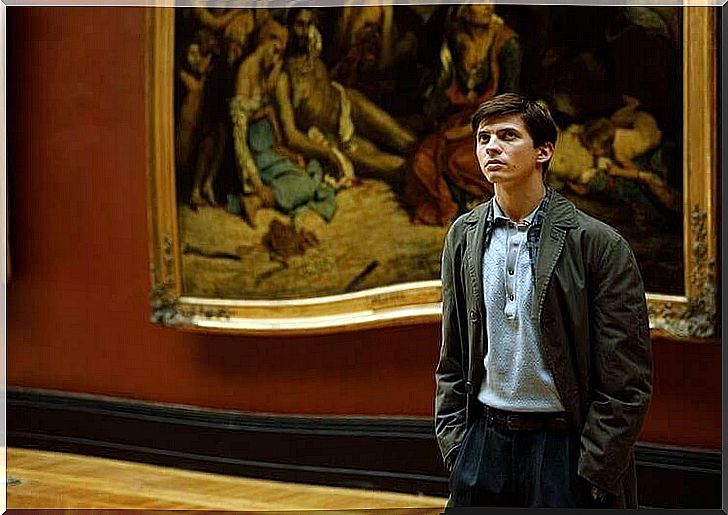
The trip to Paris
We cannot leave aside the political context in which the film takes place and how it ends up decisively influencing the life of the protagonist. Shortly after his move to Leningrad, Nureyev has the opportunity to leave the Soviet Union for the first time and travels to Vienna with the company. However, as a result of his conduct, he was prohibited from traveling again.
His luck would change in 1961 when the main dancer of the Kirov suffered an accident and Nureyev replaced him. This substitution took him to Paris where his dance was applauded and he took the opportunity to interact with various personalities. But the Soviet Union was watching him and the dancer realized that he was being set up at the airport.
With the help of Clara Saint, a woman of Chilean origin with whom he had become friends and who knew important figures of power, he managed to defect. At this point, the film takes a radical turn, the story speeds up and moves away from the initial intimacy, getting closer to a thriller . The role of Aleksandr Pushkin, in turn, will be decisive in these last minutes of the film.
Thus, The Dancer invites us to reconstruct the history of Nureyev, relying on various chromatic scales to delimit the different events in his life.
Finally, it offers us some intrigue in the most interesting turn of the film; We already know the protagonist, we have hated and loved him in equal measure, we have understood his complex personality and, now, he is in trouble and we want his plan to come to fruition. Despite the obvious political content, El Bailarín is an interesting artistic exercise that makes us participate in an unconventional life.
